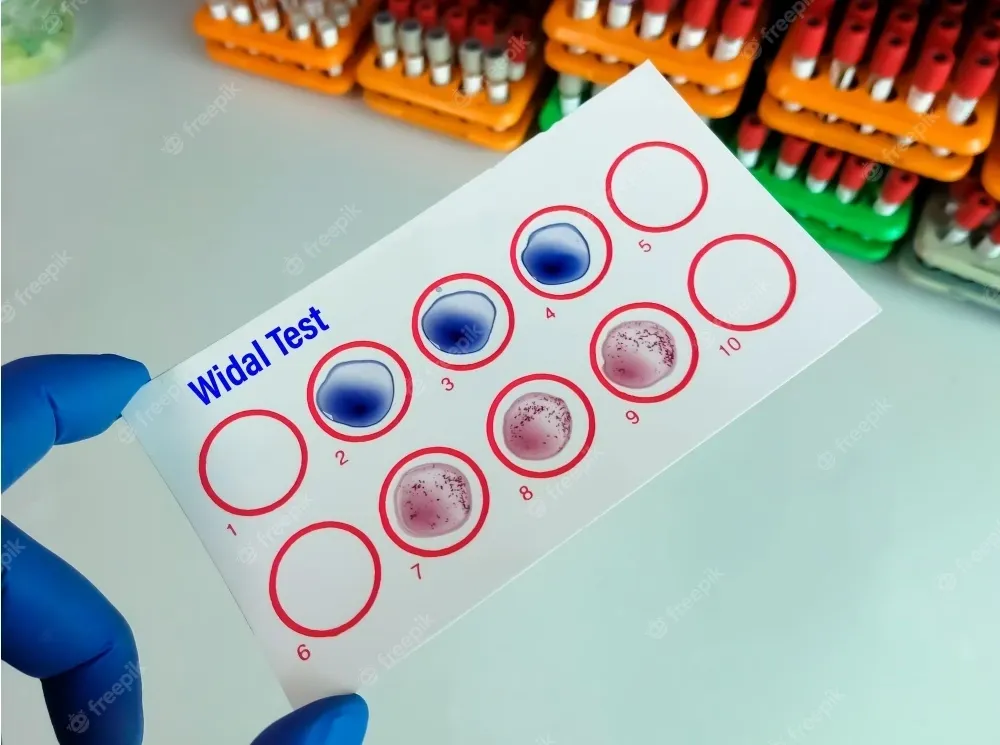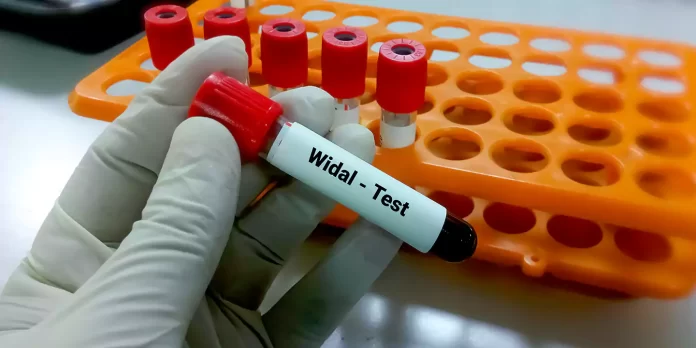In the realm of medical diagnostics, the Widal test stands as a crucial tool for detecting various bacterial infections, particularly typhoid fever. Understanding the nuances of Widal test results is paramount for accurate diagnosis and subsequent treatment. This comprehensive guide will delve into the intricacies of interpreting Widal test results, equipping you with the knowledge to navigate this medical puzzle confidently.
Read more about Healthcare
Contents
Unveiling the Basics: What is the Widal Test?
The Widal test, named after its inventor Georges-Fernand Widal, is a serological method designed to identify antibodies specific to Salmonella typhi, the bacteria responsible for typhoid fever. Conducted through blood serum analysis, the test measures the presence and levels of specific antibodies, aiding in the diagnosis of typhoid and other related infections.

Decoding the Results: Understanding the Widal Test Panel
1. H Antigen Tests (h1, h2, h3, h4):
The “H” in H antigen stands for the flagellar antigen, a key component of Salmonella. Different subtypes (h1, h2, h3, h4) help pinpoint specific strains. Interpretation involves observing the rise in antibody titers, with a significant increase indicating an active infection.
2. O Antigen Tests (o):
The “O” in O antigen represents the somatic or cell wall antigen of Salmonella. Elevated titers here signify exposure or infection, with careful consideration given to the specific type of antibody present.
1. Understanding Titers:
Widal test results are presented in titers, reflecting the dilution of the patient’s serum at which specific antibodies are still detectable. A fourfold increase in titers between acute and convalescent phases is indicative of an ongoing infection.
2. Acute and Convalescent Samples:
For accurate interpretation, both acute and convalescent samples are necessary. The acute sample is collected early in the illness, while the convalescent sample is taken during the recovery phase. Comparing titers between these two stages provides a clearer diagnostic picture.
Clinical Correlation: The Crux of Widal Test Interpretation
While the Widal test is valuable, its results must be correlated with clinical symptoms and other diagnostic methods. A holistic approach, considering patient history, symptoms, and additional tests, ensures a more accurate diagnosis.
Potential Pitfalls: Factors Affecting Widal Test Accuracy
1. Vaccination History:
Prior vaccination against typhoid can influence Widal test results. Awareness of the patient’s vaccination history is crucial for accurate interpretation.
2. Cross-Reactivity:
Cross-reactivity with other infections may lead to false positives. Knowledge of prevalent diseases in the region aids in discerning genuine infections from cross-reactive results.
Conclusion
In the realm of medical diagnostics, precision is paramount. Mastering the interpretation of Widal test results requires a nuanced understanding of the test’s intricacies, careful consideration of titers, and a comprehensive approach to clinical correlation.
Remember, accurate diagnosis is a collaborative effort between healthcare professionals and diagnostic tools. The insights gained from this guide will empower you to navigate the complex landscape of Widal test interpretation with confidence, contributing to improved patient outcomes and more informed medical decisions.



